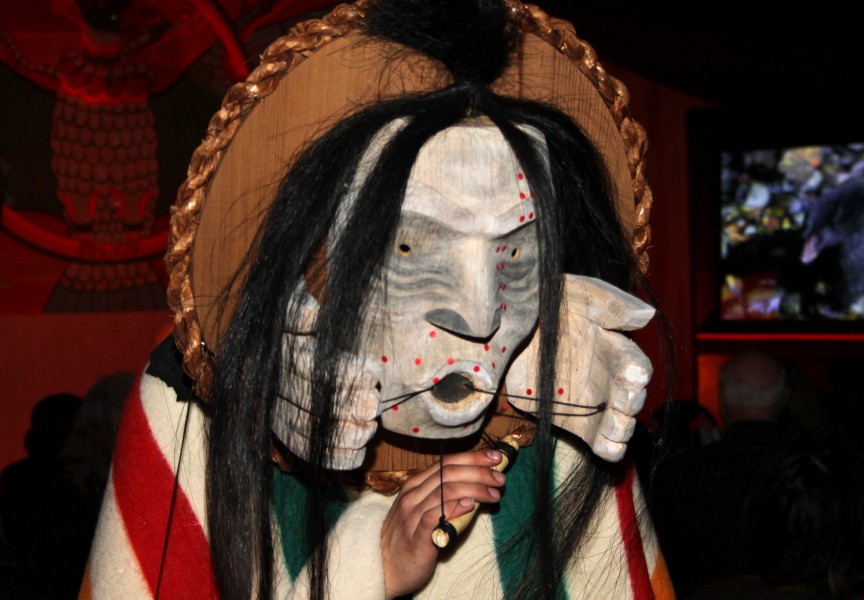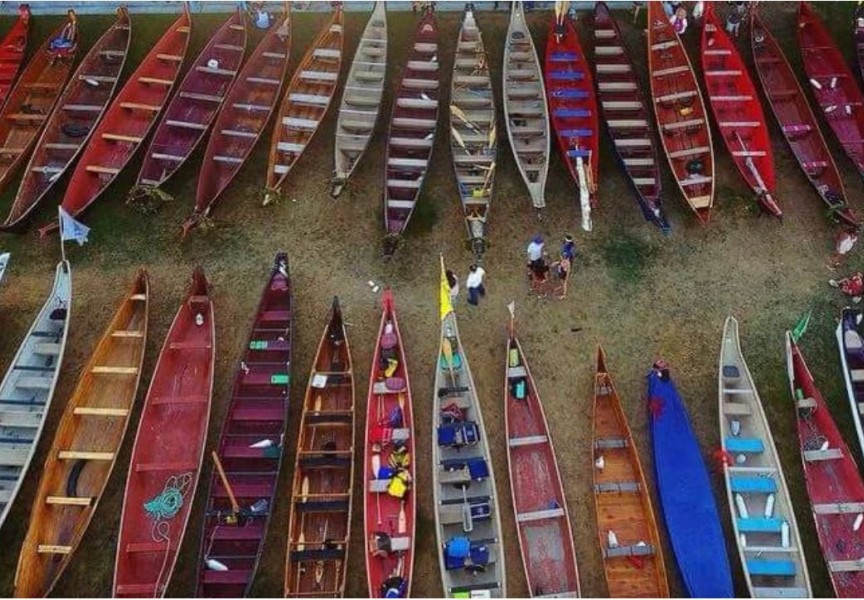A controversial proposal to increase the legal harvest of black bears in Tseshaht traditional territory has been rejected by the province.
On Wednesday morning, senior wildlife biologist Sean Pendergast of the Ministry of Forests, Lands and Natural Resource Operations (West Coast Region) contacted Ha-Shilth-Sa to advise that the application by the Vancouver Island wing of the BC Trappers Association did not survive the preliminary screening process, due to objections raised on the part of stakeholders.
See our story here: http://www.hashilthsa.com/news/2016-01-11/tseshaht-opposes-black-bear-kills-traditional-territory
Pendergast said he wanted to clear up come misconceptions about the proposal, which would have allowed a licensed trapper (not a guided hunter) to kill two black bears on each registered trapline.
“It has nothing to do with guide-outfitters,” he explained, adding that there has been some confusion over the harvesting of bears.
“Black bear is considered a big game animal, but it is also a fur-bearing animal,” Pendergast said.
There is no humane trapping system to harvest black bears, so the only permissible method to kill a bear is with a rifle. As such, a registered trapper is required to hold a valid hunting permit to carry a firearm.
Each licensed hunter is allowed a maximum of two black bears per season. Over and above that, on the BC Mainland, each registered trapper is allowed to harvest an additional two bears per trapline. The application in question was to extend that additional limit to Vancouver Island.
Technically speaking, Pendergast explained, the application was not for a “permit,” but for a change in the regulation.
Pendergast said that, in the view of the ministry, black bears are not considered a species of concern on Vancouver Island, and the additional harvest would have been sustainable. In part, that is because only a small number of trappers would likely take advantage of it, he added.
“But after assessment by Victoria, and some contentiousness among different stakeholder groups, other than the [BC] Trappers Association, as well as lack of support from other First Nations – some First Nations were indifferent, they did not have a problem with it; some felt strongly and said they would like to see more information – because of that, and because of the time frames, we did not submit it to Victoria and the proposal was not posted on the Public Engagement website regionally, and the proposal has not gone through.”
Pendergast noted that Vancouver Island guide-outfitters actually opposed the proposal, due to the potential for added pressure on a finite resource.
Pendergast said he would contact Tseshaht First Nation to advise that the proposal is no longer under consideration.
“We totally understand that it does require a great deal of review and process, and we understand how Chief Braker feels about being understaffed, because we only have three [wildlife] staff for the entire region,” he said.
In the Jan. 11 report, Tseshaht Research and Planning Associate for Lands and Forestry Darrell Ross suggested that the ministry doesn’t “share much with us” about conservation. Pendergast disagrees.
“We make all attempts to consult with First Nations if a regulation change proposal, conservation issue, hunting season issue – anything that occurs within a First Nation’s traditional territory – we do make all attempts to consult with and to meet with the individual First Nation,” he said.
Pendergast noted that Tseshaht First Nation has been especially diligent in its fisheries and wildlife management efforts.






